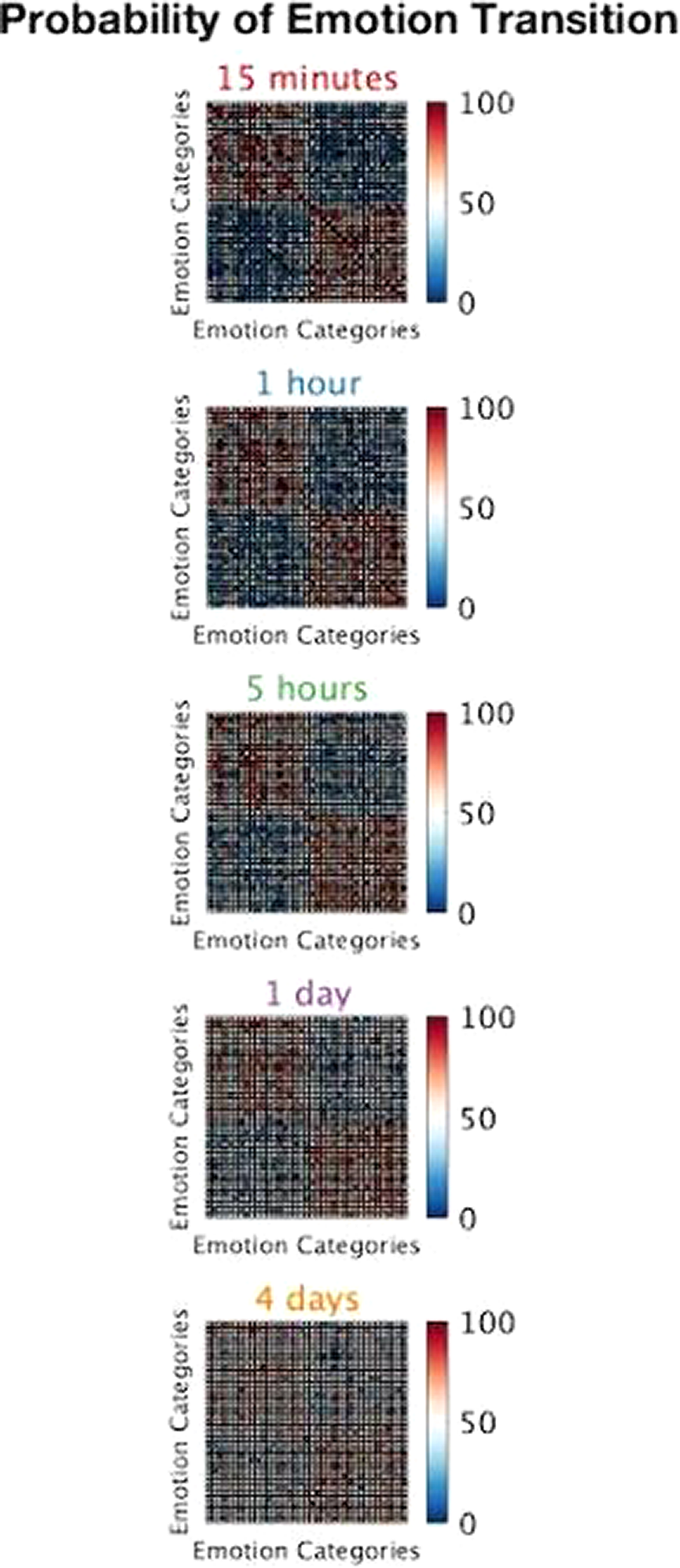4 results
9 - Parent–Adolescent Emotion Dynamics and Adolescent Disclosure
- from Part II - Reconsidering Parenting and Parental Knowledge
-
-
- Book:
- The Cambridge Handbook of Parental Monitoring and Information Management during Adolescence
- Published online:
- 12 December 2024
- Print publication:
- 19 December 2024, pp 177-192
-
- Chapter
- Export citation
Emotion dynamics in current and remitted depression: an ecological momentary assessment study
-
- Journal:
- Psychological Medicine / Volume 54 / Issue 9 / July 2024
- Published online by Cambridge University Press:
- 04 March 2024, pp. 2222-2229
-
- Article
-
- You have access
- HTML
- Export citation
11 - The Measurement of Well-Being at Work
- from Part III - Major Issues Relating to Stress and Well-Being
-
-
- Book:
- Organizational Stress and Well-Being
- Published online:
- 23 February 2023
- Print publication:
- 02 March 2023, pp 347-386
-
- Chapter
- Export citation
How far in the future can we predict others’ affective states?
-
- Journal:
- European Psychiatry / Volume 64 / Issue S1 / April 2021
- Published online by Cambridge University Press:
- 13 August 2021, pp. S133-S134
-
- Article
-
- You have access
- Open access
- Export citation


